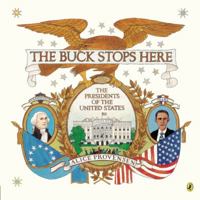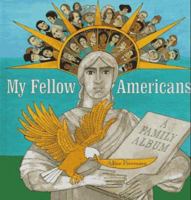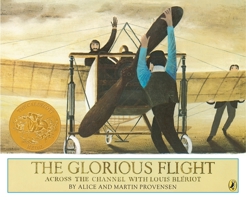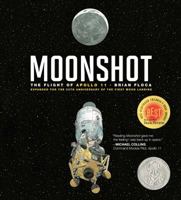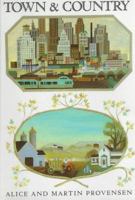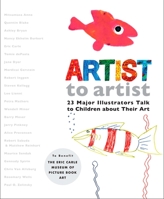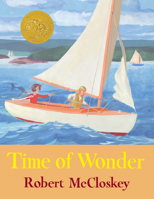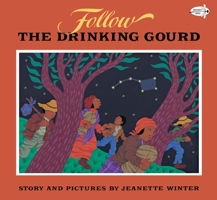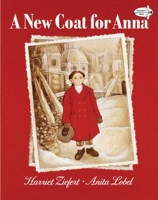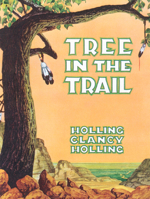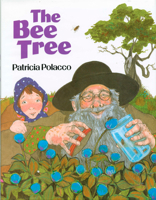Hal Higdon's Smart Running: Expert Advice On Training, Motivation, Injury Prevention, Nutrition And Good Health
Select Format
Select Condition 
You Might Also Enjoy
Book Overview
Customer Reviews
Rated 4 starsAll right -- but founder of Klondike Gold Rush misspelled
I happened across this book in a local branch of the Taipei, Taiwan Public Library of all places. The pictures are wonderful. The story is sure to capture children's imaginations (I just skimmed it, because my friend was just showing me the children's section of the library). But, given my last name, one thing stood out: that the last name of the generally-attributed discoverer of the Klondike gold rush is misspelled as...
0Report
Across the River and into the Trees Mentions in Our Blog
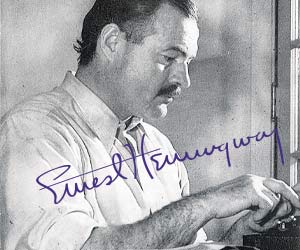
Literary giant Ernest Hemingway was a bullish character who captured the public interest with his colorful life. An ardent adventurer, he poured his experiences into rich, stirring tales, written in his singular, understated prose. To celebrate his birthday, here are seven surprising facts about the iconic figure.















